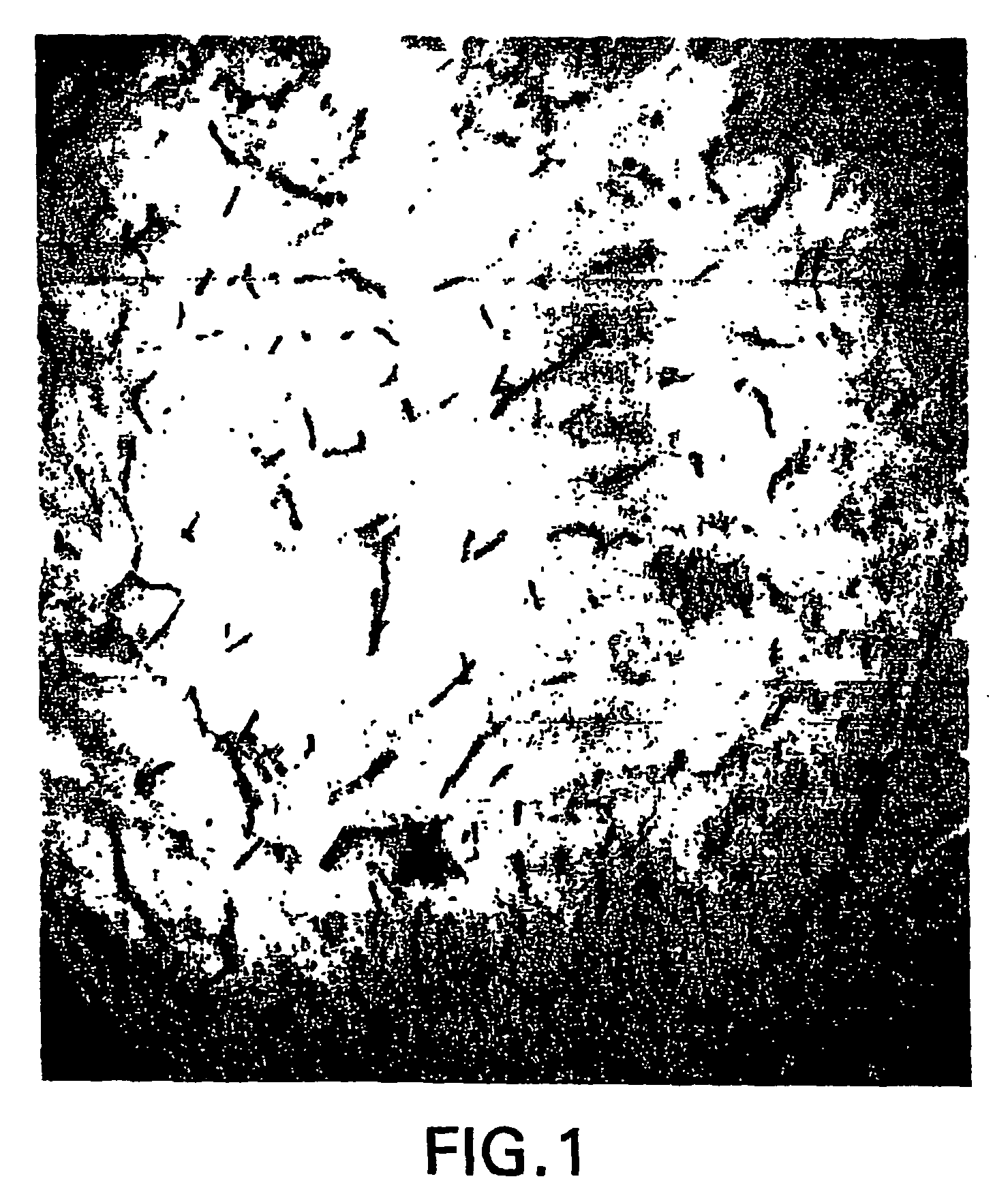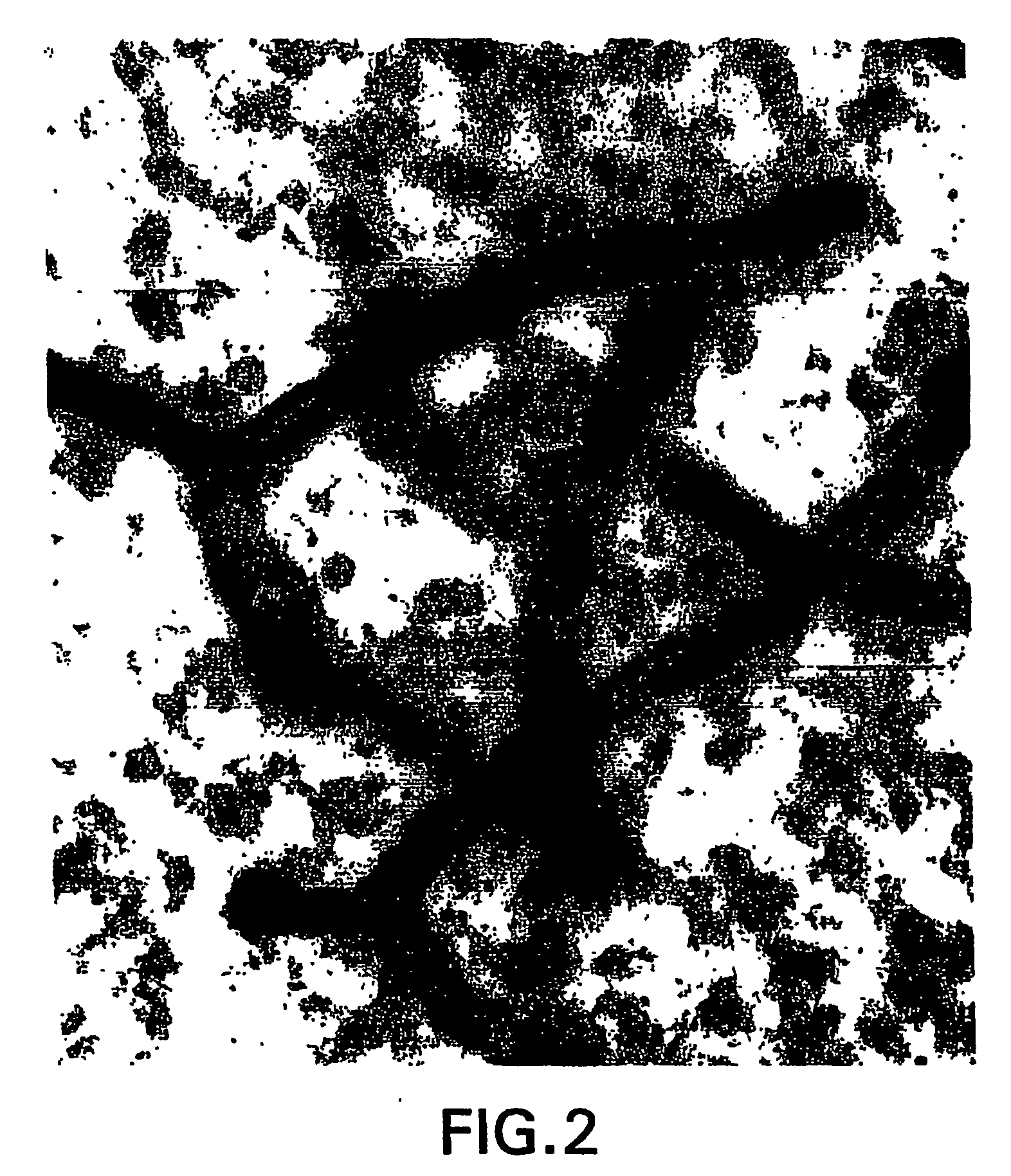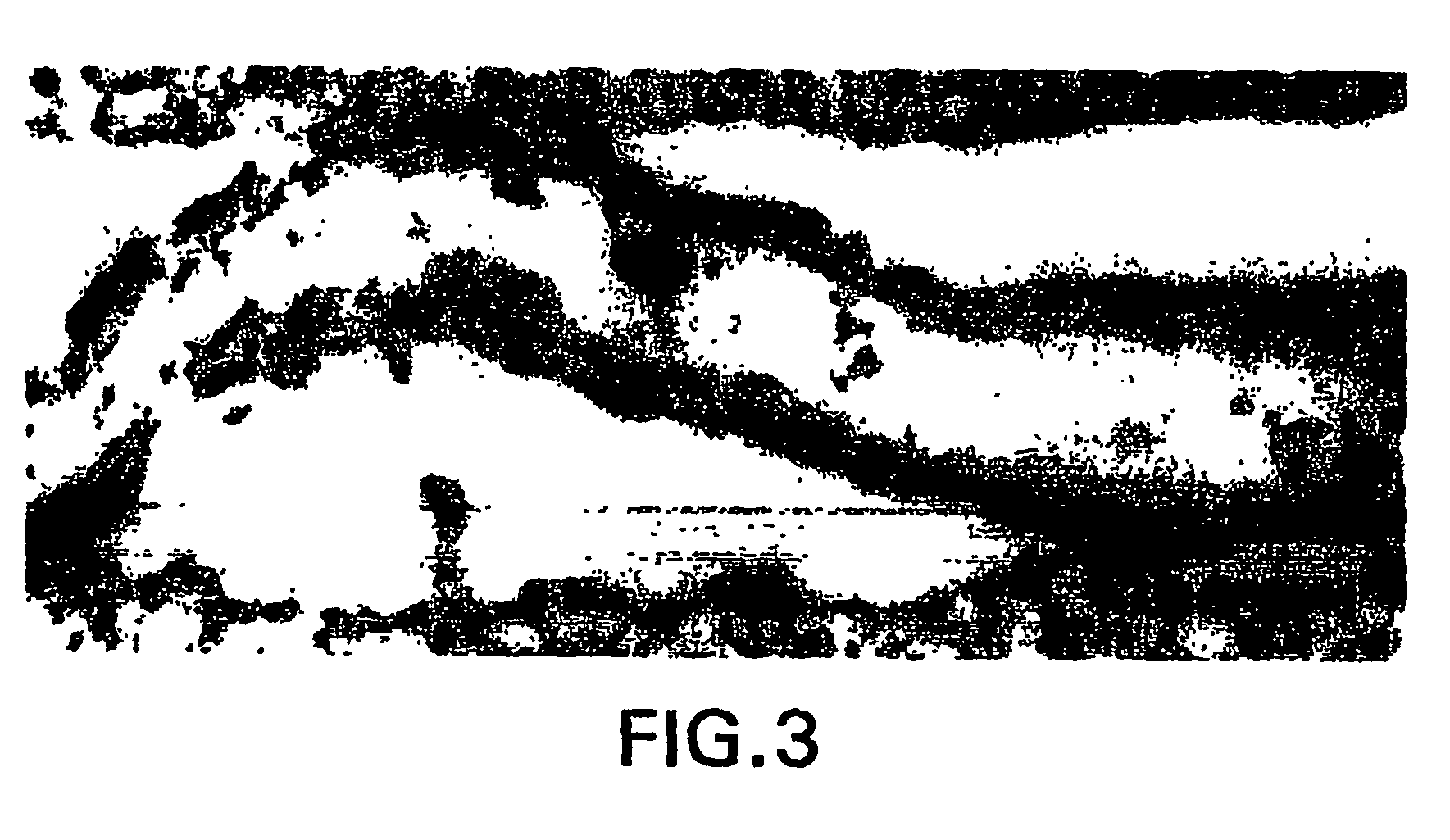Tissue protective cytokines for the protection, restoration, and enhancement fo responsive cells, tissues and organs
- Summary
- Abstract
- Description
- Claims
- Application Information
AI Technical Summary
Benefits of technology
Problems solved by technology
Method used
Image
Examples
example 1
Distribution of Erythropoietin Receptor in Human Brain
[0276] Normal human brains removed during surgical procedures (e.g., to provide tumor-free margins in tumor resections) were immediately fixed in 5% acrolein in 0.1 M phosphate buffer (pH 7.4) for 3 h. Sections were cut with a vibrating microtome at 40 micrometer thickness. Immunohistochemical staining was performed using free-floating sections and the indirect antibody peroxidase-antiperoxidase method using a 1:500 dilution of erythropoietin receptor antiserum (obtained from Santa Cruz Biotechnology). Endogenous peroxidase activity was quenched by pretreatment of tissue sections with hydrogen peroxide (3% in methanol for 30 min). Tissue controls were also carried out by primary antibody omission and by using the appropriate blocking peptide (from Santa Cruz Biotech.) to confirm that staining was specific for erythropoietin (EPO) receptor.
[0277]FIG. 1 shows that capillaries of the human brain express very high levels of EPO rec...
example 2
Tissue Protective Cytokines
[0281] Tissue protective cytokines desirable for the uses described herein may be generated by guanidination, carbamylation, amidination, trinitrophenylation, acetylation, succinylation, nitration, or modification of arginine or lysine residues or carboxyl groups, among other procedures as mentioned herein above, of erythropoietin. These modifications produce tissue protective cytokines that maintain their activities for specific organs and tissues but not for others, such as erythrocytes. When erythropoietin is subjected to the above reactions, it has been found that in general the resultant molecule lacks both in-vivo and in-vitro erythropoietic activity (e.g., Satake et al; 1990, Biochim. Biophys. Acta 1038:125-9). Some examples of the preparation of tissue protective cytokines are described below. Although the examples below use erythropoietin as the starting material, one of ordinary skill in the art would recognize that erythropoietin derivatives su...
example 3
Preparation of Tissue Protective Cytokines by Other Methods
[0301] 1. Trinitrophenylation: erythropoietin (100 ug) was modified with 2,4,6-trinitrobenzenesulfonate as described in Plapp et al (“Activity of bovine pancreatic deoxyribonuclease A with modified amino groups” 1971, J. Biol. Chem. 246, 939-845)
[0302] 2. Arginine modifications: erythropoietin was modified with 2,3 butanedione as described in-Riordan (“Functional arginyl residues in carboxypeptidase A. Modification with butanedione” Riordan J F, Biochemistry 1973, 12(20): 3915-3923).
[0303] 3. Erythropoietin was modified with cylcohexanone as in Patthy et al (“Identification of functional arginine residues in ribonuclease A and lysozyme” Patthy, L, Smith E L, J. Biol. Chem 1975 250(2): 565-9).
[0304] 4. Erythropoietin was modified with phenylglyoxal as described in Werber et al. (“Proceedings: Carboxypeptidase B: modification of functional arginyl residues” Werber, M M, Sokolovsky M Isr J Med Sci 1975 11(11): 1169-70). The...
PUM
| Property | Measurement | Unit |
|---|---|---|
| Responsivity | aaaaa | aaaaa |
| Hematocrit | aaaaa | aaaaa |
Abstract
Description
Claims
Application Information
 Login to View More
Login to View More - R&D
- Intellectual Property
- Life Sciences
- Materials
- Tech Scout
- Unparalleled Data Quality
- Higher Quality Content
- 60% Fewer Hallucinations
Browse by: Latest US Patents, China's latest patents, Technical Efficacy Thesaurus, Application Domain, Technology Topic, Popular Technical Reports.
© 2025 PatSnap. All rights reserved.Legal|Privacy policy|Modern Slavery Act Transparency Statement|Sitemap|About US| Contact US: help@patsnap.com



